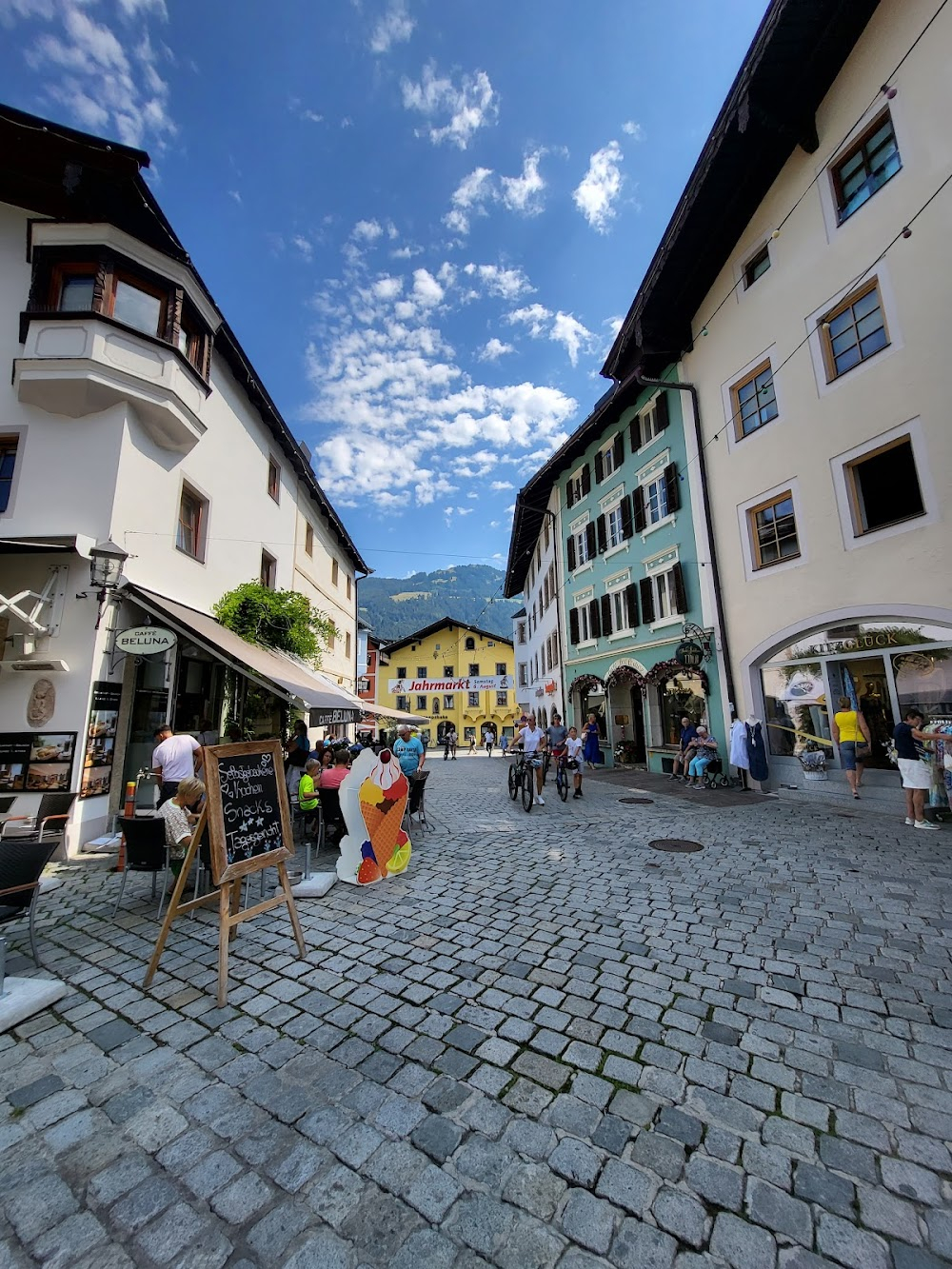Vasya Filming Locations

Where was Vasya filmed? Vasya was filmed in 5 locations across Austria, Russia, United States, France and Italy in the following places:
Vasya Filming Locations
Kitzbühel is a small Alpine town east of Innsbruck, in the western Austrian province of Tyrol. It's a fashionable winter resort, known for the annual Hahnenkamm downhill race. Upscale shops and cafes line the streets of its medieval center. Museum Kitzbühel chronicles the history of the town and the area’s winter sports, with paintings by local artist Alfons Walde. Its rooftop terrace has sweeping town views.
Moscow, on the Moskva River in western Russia, is the nation’s cosmopolitan capital. In its historic core is the Kremlin, a complex that’s home to the president and tsarist treasures in the Armoury. Outside its walls is Red Square, Russia's symbolic center. It's home to Lenin’s Mausoleum, the State Historical Museum's comprehensive collection and St. Basil’s Cathedral, known for its colorful, onion-shaped domes.
New York City comprises 5 boroughs sitting where the Hudson River meets the Atlantic Ocean. At its core is Manhattan, a densely populated borough that’s among the world’s major commercial, financial and cultural centers. Its iconic sites include skyscrapers such as the Empire State Building and sprawling Central Park. Broadway theater is staged in neon-lit Times Square.
Paris, France's capital, is a major European city and a global center for art, fashion, gastronomy and culture. Its 19th-century cityscape is crisscrossed by wide boulevards and the River Seine. Beyond such landmarks as the Eiffel Tower and the 12th-century, Gothic Notre-Dame cathedral, the city is known for its cafe culture and designer boutiques along the Rue du Faubourg Saint-Honoré.
Rome is the capital city of Italy. It is also the capital of the Lazio region, the centre of the Metropolitan City of Rome Capital, and a special comune named Comune di Roma Capitale.
Vasya (2002)
Vasya Sitnikov was officially insane, a man without a passport, in and out of mental institutions, yet he was the key figure of the nonconformist art movement in the Soviet Union. He left behind astonishing works of art, yet he remains a compelling, controversial mystery. Why does his legend still confound those who knew him?

